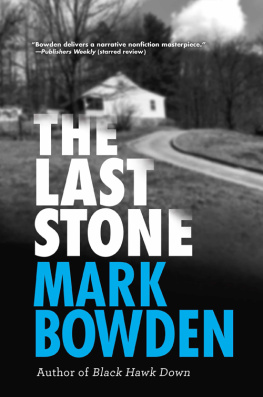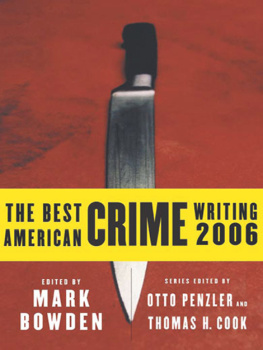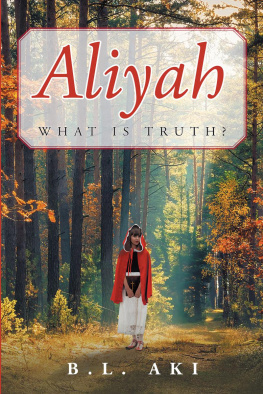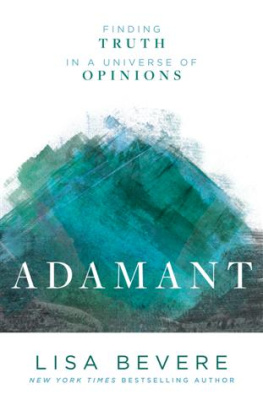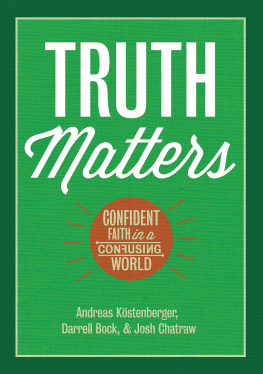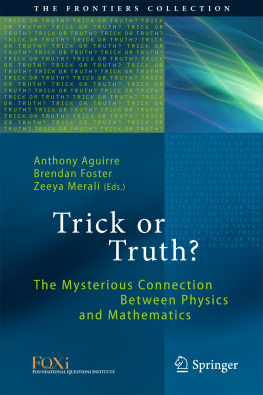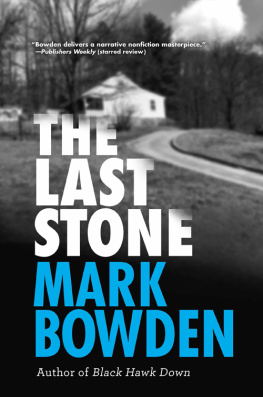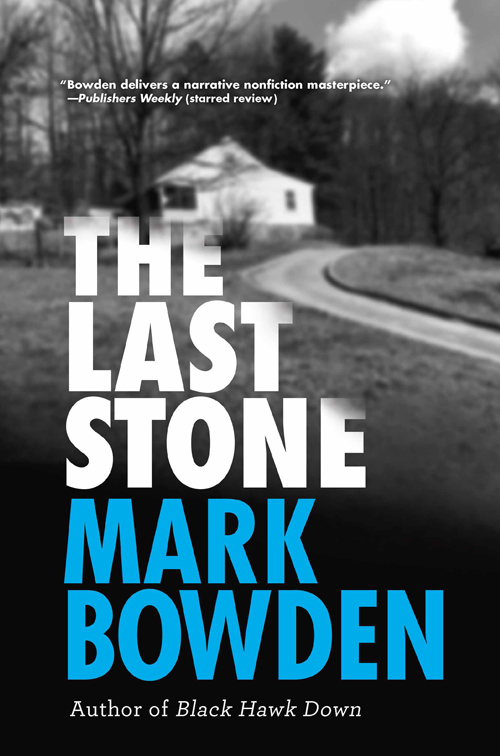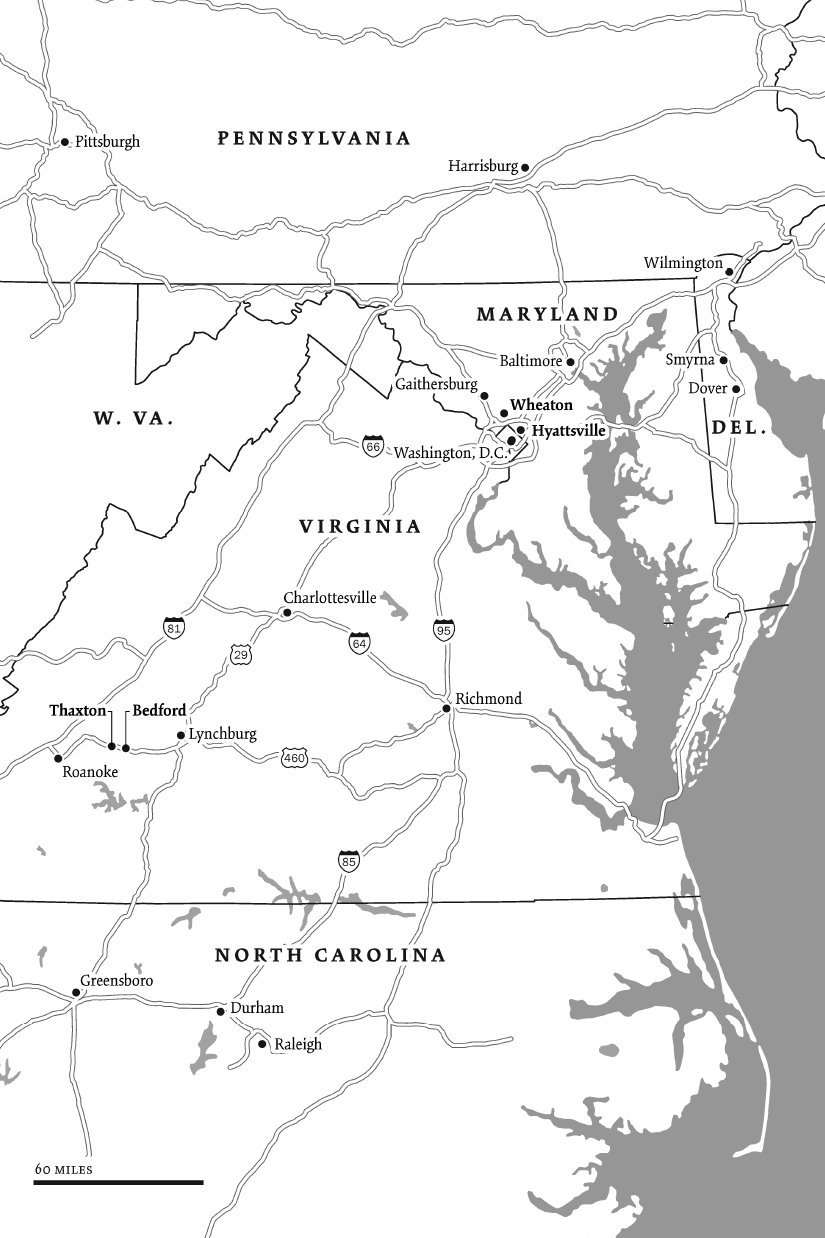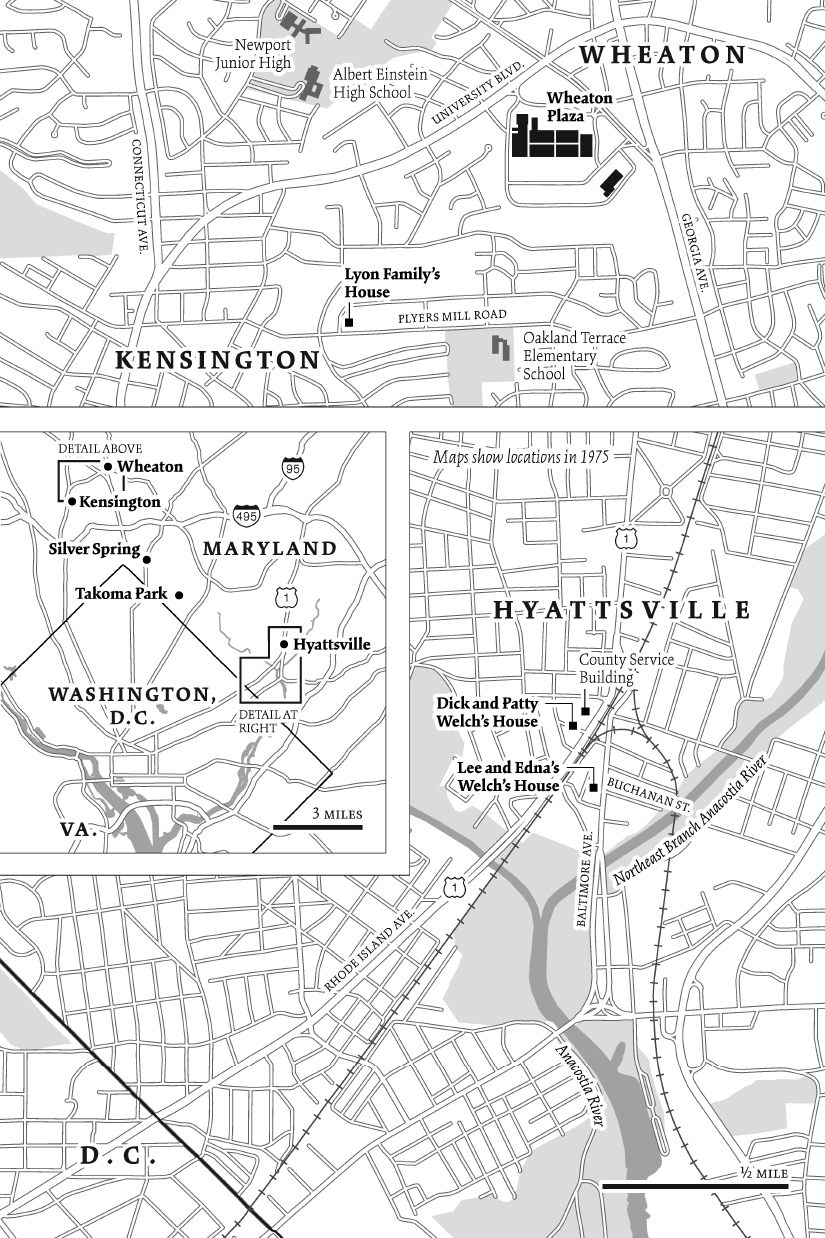Doctor Dealer
Bringing the Heat
Black Hawk Down
Killing Pablo
Finders Keepers
Road Work
Guests of the Ayatollah
The Best Game Ever
Worm
The Finish
The Three Battles of Wanat
Hue 1968
THE
LAST
STONE
MARK
BOWDEN
Copyright 2019 by Mark Bowden
Maps copyright 2019 by Matt Ericson
Cover design by Gretchen Mergenthaler
Cover photograph Neal Augenstein/WTOP
All rights reserved. No part of this book may be reproduced in any form or by any electronic or mechanical means, including information storage and retrieval systems, without permission in writing from the publisher, except by a reviewer, who may quote brief passages in a review. Scanning, uploading, and electronic distribution of this book or the facilitation of such without the permission of the publisher is prohibited. Please purchase only authorized electronic editions, and do not participate in or encourage electronic piracy of copyrighted materials. Your support of the authors rights is appreciated. Any member of educational institutions wishing to photocopy part or all of the work for classroom use, or anthology, should send inquiries to Grove Atlantic, 154 West 14th Street, New York, NY 10011 or permissions@groveatlantic.com.
Photo credits are as follows: : Family photo via the Washington Post.
FIRST EDITION
Published simultaneously in Canada
Printed in the United States of America
First Grove Atlantic hardcover edition: April 2019
This title was set in 12-point Arno Pro by Alpha Design & Composition of Pittsfield, NH.
Library of Congress Cataloging-in-Publication data is available for this title.
ISBN 978-0-8021-4730-1
eISBN 978-0-8021-4731-8
Atlantic Monthly Press
an imprint of Grove Atlantic
154 West 14th Street
New York, NY 10011
Distributed by Publishers Group West
groveatlantic.com
19 20 21 22 10 9 8 7 6 5 4 3 2 1
To Gail
Its a good deal like chess or boxing. Some people you have to crowd and keep off balance. Some you just box and they will end up beating themselves.
Raymond Chandler
Most of the of the dialogue in this book was recorded.
I have edited it for concision and clarity.
Lloyd Lee Welch, 1977
A PRIL 1, 1975
Lloyd Welch got himself good and high before he went back to Wheaton Plaza on April Fools Day. He was stoned enough not to listen when his stepmom, Edna, warned him, Dont get mixed up in this.
But Lloyd was already mixed up in it, enough to scare him. He needed to do something, even if it meant running a big risk. The marijuana buzz, he figured, would soothe him and help him think straight. Such was his teenage logic.
Screwing up came naturally. He was a seventh-grade dropout with, at age eighteen, a pathetic whisper of a mustache. His long, thick dark brown hair was parted in the middle, strapped down with a headband. He was scrawny and acned and mean; life had treated him harshly, and it showed. And, man, could he talk. Lloyd was a con artist. Words tumbled from him pell-mell, as if their sheer number and urgency could persuade. Whatever was true in what he said came wrapped in slippery layers of guile.
The story Lloyd planned to tell that day concerned two little girls who had gone missing from Wheaton Plaza a week earlierSheila and Kate Lyon. Their disappearance had created a media storm. Every newspaper and TV and radio station between Richmond and Baltimore was reporting on the hunt. Children were on lockdown. The Lyon girls father, John, was a local radio personality, and this gave the crisis even more notoriety. After a week, past the point where odds favored ever finding the girls alive, the police in Montgomery County, Maryland, were desperate. The public had flooded them with tips, none of which had helped. The girls had vanished. In the days since their disappearance, both had had birthdays; Sheila had turned thirteen, and Kate, on Easter Sunday, eleven. The heart of every parent ached.
The plaza was a Main Street of sorts for the suburban sprawl northwest of Washington, DC. An enormous cross-shaped structure that had opened eight years earlier, it had stores on both sides of two partly sheltered promenades. The longer of the two was anchored at its ends by the department stores Montgomery Ward and Woodward & Lothrop; it had a roof open to the sky along the center and was ornamented at intervals with bush-filled brick planters, the sides of which doubled as seating areas. Where the two promenades intersected was a square with a fountain and a modernist sculpture, then decorated for Easter. The malls style was futuristic, with the long horizontal lines, sharp angles, and neon hues that artists and filmmakers associated with the space age. It was more than a place to shop; it was a social center, a place to see and be seen. Unlike traditional small towns, few of the residential communities that sprouted outside big cities in the 1950s had anything like a nucleus. So the mall filled a need beyond commerce, and like those being built in suburbs all over America, Wheaton Plaza was an immediate and enduring sensation. A towering sign above its vast parking lot spelled out its name, each huge black letter set in a giant orange ball that glowed at night. There were specialty shops, a three-screen cinema, a Peoples drugstore, and plenty of food outlets, including a Roy Rogers, an ice cream shop, and a popular pizza joint called the Orange Bowl. With schools out for spring break, unseasonably warm weather, and sunshine, the plaza was a magnet, especially for children.
Lloyd walked in by himself, looking for a security guard. His plan was to tell his story to a mall cop and leave, but he had a poor sense of situation. Any scrap of new intelligence about the Lyon sisters at that point was a very big deal. The mall cop immediately called the police. Now Im screwed, Lloyd thought. My stepmom was right. Two detectives, Steve Hargrove and Mike Thilia, came promptly. Lloyd was taken to police headquarters, and as soon as a tape recorder was turned on, he did what he did best.
He told them he was twenty-two. He said he had finished high school. He had been at the mall with his wife, Helen. None of this was true. He had seen two little girls who fit the Lyon sisters descriptionthe same ages, blond hair, the elder one (Sheila) with glassestalking in the mall to an older man with a tape recorder. All of this was unremarkable; pictures of the girls had been everywhere, on TV, in newspapers, and on telephone polesthe police had posted thousands of leaflets. The unknown tape recorder man had been widely reported as the prime suspect. Lloyd offered a detailed description: hair gray around the ears, black and thick on top; a dark, stubbly facelike a heavy shaverabout six one, six two; wearing a brown suit, white shirt, and black tie; and carrying a brown briefcase that held the portable recorder. He said hed overheard the man explaining to the girls that he recorded peoples voices and then put them on the radio. This same story had been in all the news reports and was known by just about everyone breathing within a radius of two hundred miles. Lloyd said he later saw both girls leaving the mall with the man and had seen them again outside as they drove off.

